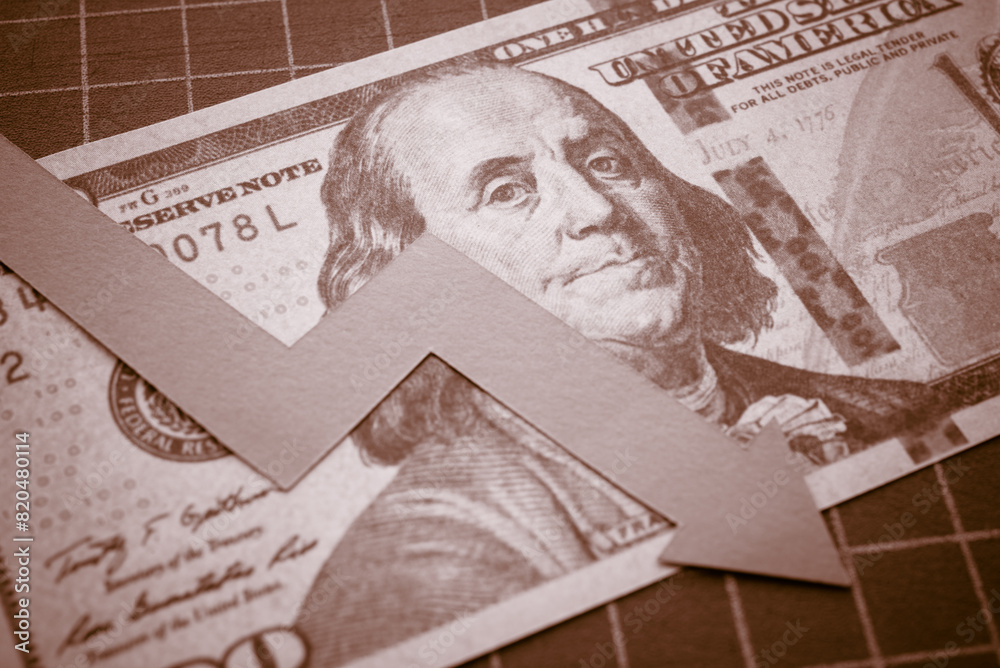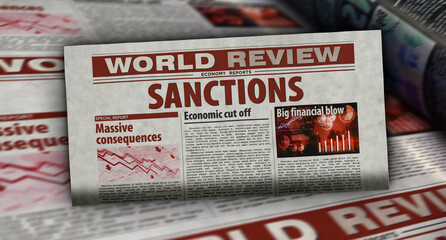Gloom Doom and Boom editor Dr. Marc Faber joins Alex Jones on June 23, 2009. Dr. Faber discusses the reasons for our current crisis, problems with the so-called solutions the government and FED has come up with, hyperinflation, future trends and his forecast in the near- and long-term. (Marc Faber Interview follows excerpts and comments below)
Marc Faber: When you combine large fiscal deficits with expansionarymonetary policies it is very likely that at some point inflatin will be relatively high. Once inflation is relatively high and the economy doesn’t recover, the government will print more money and that will accelerate the level of inflation.
There is a big misconception in the world, which is that when the economy is weak there are no inflationary pressures. Usually when you have a strong economy you have low inflation and when you have a weak economy you have high inflation because of the government intervention in the economy through fiscal measures, fiscal deficits and through expansionary monetary policies. You can have huge excess capacities and high inflation – the two have nothing to do with each other.
So, I think we will have high inflation and at the same time I think what we will eventually have some kind of social unrest.
The next thing the government will do to distract the attention of the people on bad economic conditions is they’ll start a war somewhere.
Comments: So, while it may be impossible to predict when inflation may occur, Faber has no doubt that it is coming. We may experience bouts of deflation, but eventually the money being printed will hit main street and as a result prices will explode on everything from oil and food to clothing and real estate. And when things get really bad, instead of taking the blame, our politicians will more than likely shift blame to someone else, in this case, as Marc Faber says, by taking to country to war.
Marc Faber: The current crisis is not the failure of free markets, but the failure of government intervention.
Now, these failed policies are even enlarged.
Comments: Essentially, everything we are doing is nothing more than an attempt to centrally plan our economy, which if history is any guide, will simply not work.
Marc Faber on the Alex Jones Show June 23, 2009 (Part 1 of 2):
Marc Faber on the Alex Jones Show June 23, 2009 (Part 2 of 2):
Source: The Alex Jones Show
Marc Faber’s Gloom Boom and Doom Report










0 Comments